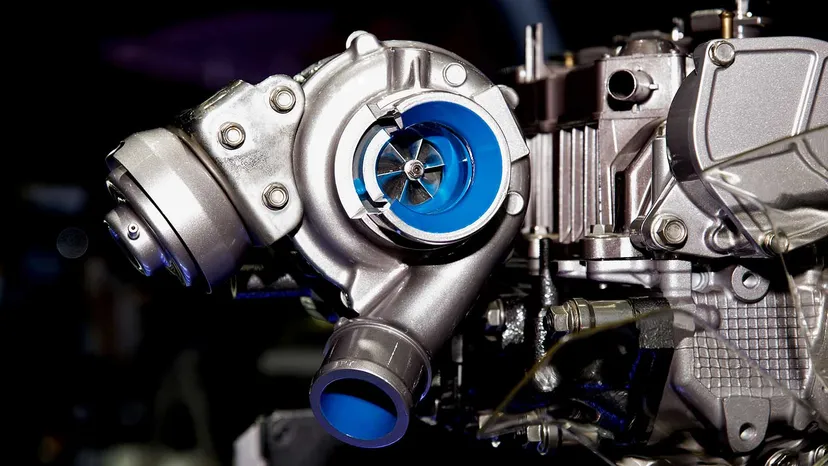
What are Turbochargers
Turbochargers are mechanical devices that can increase the horsepower of a vehicle. They work by compressing air and directing it to two opposing gas fans. These fans are mounted on a single shaft. The compressor turns when one of the fans rotates, and the turbine spins when the other fan turns. The most common type of turbocharger is the one used in automobiles.
Turbochargers are used in both gasoline and diesel engines. They can be installed on any vehicle. Turbochargers increase the power output of the same size engine. Every piston stroke produces more power than the same size engine without a turbocharger. However, this added power requires more fuel and energy.
The first turbocharger was developed in 1905 by Swiss engineer Alfred Buchi. They were initially intended to boost the performance of diesel engines. They can increase power output by as much as 20-40 percent. The technology behind turbochargers has evolved since then. The latest turbochargers use technology to boost the air flow of a diesel engine, which increases engine power and fuel efficiency.
Turbochargers use heat energy in the exhaust gas to compress air. The extra air is then injected into the engine, allowing the cylinders to burn more fuel per second. The technology behind a turbocharger is similar to that of a supercharger. Both systems make use of the waste energy in the exhaust to drive them.
The main components of a turbocharger are the turbine and the compressor. The turbine converts the kinetic energy from exhaust gases to mechanical energy that powers the compressor. The compressor is connected to the turbine housing by a belt or gear. The turbine housings can spin at up to 250,000 rpm.
Turbochargers are used in cars and trucks for their performance. They can increase engine power and torque. They also allow manufacturers to reduce engine displacement and improve emissions. But turbocharged engines are more complex and expensive to operate than non-turbocharged engines. Additionally, they are susceptible to turbo lag.
Variable-geometry turbochargers are a good option if you want to maximize the engine’s efficiency. They increase the amount of oxygen flowing into the engine by changing the effective aspect ratio of the turbo. Some of these turbochargers use pneumatic actuators while others use a rotary electric actuator.
Turbochargers have two distinct components: the turbine and the compressor. The turbine is the main component of the turbocharger and contains a single-stage impeller. It draws air into the turbine from the exhaust manifold. The turbine extracts the hydraulic energy from the exhaust gas and converts it into mechanical energy to increase the engine’s power output. The compressor is attached to the turbine through a forged steel shaft. The compressor wheel uses a process fluid to lubricate the turbine.
Modern computation techniques have made it possible for manufacturers to make turbochargers that are more dynamic. However, a successful design can’t be based on computational studies alone. It must be validated by on-engine tests.


